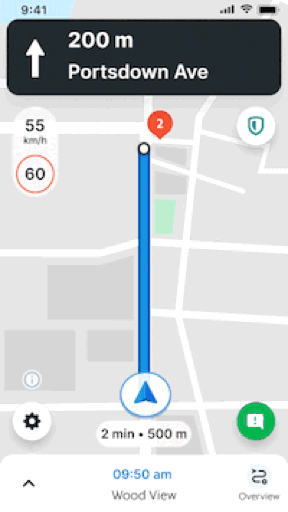Many components of the Grab app are powered by unique technology developed in-house. These innovations contribute to our growing patent portfolio. Today, Grab holds the largest patent portfolio in Southeast Asia among its peers.
Southeast Asia underwent substantial economic growth, digitalisation, and technological development in recent years. However, no Southeast Asian nation featured in the top-10 of patent-filing countries in 2022, despite their sizable populations. Meanwhile, small countries like Switzerland and the Netherlands made the list. India ranks 7th. China alone contributed almost half of all global patent applications that year.
Patents can incentivise innovation and help businesses grow and expand. We’ve seen this play out first-hand at Grab.
Our patents cover important front- and back-end features tailor-made to improve the user experience of our on-demand app. These features boost driver productivity and help micro, small and medium sized enterprises grow their businesses online.
(Read more: The key to Grab driver-partners earning more: Productivity)
We established the Grab Patent Office (GPO) in 2019 to steer and coordinate our patent strategies. We cultivate a patent-friendly environment to drive innovation within the organisation—and hope to inspire other technology enterprises to do so as well.
Patents developed at Grab
Beyond playing an important role in the innovation landscape, patents play a crucial role in motivating teams. Grab rewards contributions to our patent portfolio, including financially. We have a leaderboard that highlights inventors who have accumulated the highest number of patents. These measures recognise our inventors for the dedication of time and resources put into research and development.
Lead data scientist Sun Chang, for instance, filed a patent for the allocation probability model for “just-in-time allocation” in 2023.
Getting our delivery-partners to arrive at restaurants at the right time requires our machine learning and predictive analytics engines to figure out when we should assign a delivery-partner to head towards the restaurant. Our engineers refer to this sweet spot as the “just-in-time” window.
The Grab system calculates this based on multiple factors such as the time taken for food preparation, an estimate of how long it would take to assign an order to a delivery-partner as well as the time taken for delivery-partners to get to the restaurant and pick up the order.
Figuring out this process for Southeast Asian kitchens and making it scalable is far from trivial, and it has helped Grab, its merchant and driver-partners fulfil orders more efficiently.
For technology or process to be patentable, it must contain something novel, non-obvious, and must be industrially applicable. To identify potentially patentable innovations the GPO holds ideation sessions with Grab’s tech teams. We also keep an eye out for patentable inventions from events like the company’s hackathon (known as Grabathon).
Most recently, Last Mile Navigation—developed by a team at the tenth edition of Grabathon—was put on its patent application journey.
In Southeast Asian cities, delivery-partners often face the challenge of locating the exact drop-off points, because clear address information is not always available. Delivery-partners therefore have to rely on additional information from consumers via GrabChat or notes.
By mining data from consumer notes and chats using a natural language processing model, we’re now able to provide more precise delivery instructions to drivers when they’re about to reach the drop-off point.

Delivery-partners will see an expanded pin within the in-app navigation tool, which displays additional information that will help them locate their drop-off point. This is accompanied by images from our crowdsourced map data.
Our patent portfolio also covers inventions under Grab’s enterprise businesses such as GrabMaps.

We’ve filed patents for the edge AI and IoT technology used in KartaCams to sieve through the thousands of footage collected. This ensures only high-quality and relevant images are used for map-making. For example, AI techniques are employed to perform image similarity comparison to reduce duplicate or similar images being uploaded.
These patented technologies showcase our commitment to using the latest advancements to tackle real life problems. As we adapt to the ever-changing tech industry, these innovative ideas will enable us to improve our service offerings for users across the region.
3 Media Close,
Singapore 138498
Komsan Chiyadis
GrabFood delivery-partner, Thailand
COVID-19 has dealt an unprecedented blow to the tourism industry, affecting the livelihoods of millions of workers. One of them was Komsan, an assistant chef in a luxury hotel based in the Srinakarin area.
As the number of tourists at the hotel plunged, he decided to sign up as a GrabFood delivery-partner to earn an alternative income. Soon after, the hotel ceased operations.
Komsan has viewed this change through an optimistic lens, calling it the perfect opportunity for him to embark on a fresh journey after his previous job. Aside from GrabFood deliveries, he now also picks up GrabExpress jobs. It can get tiring, having to shuttle between different locations, but Komsan finds it exciting. And mostly, he’s glad to get his income back on track.

